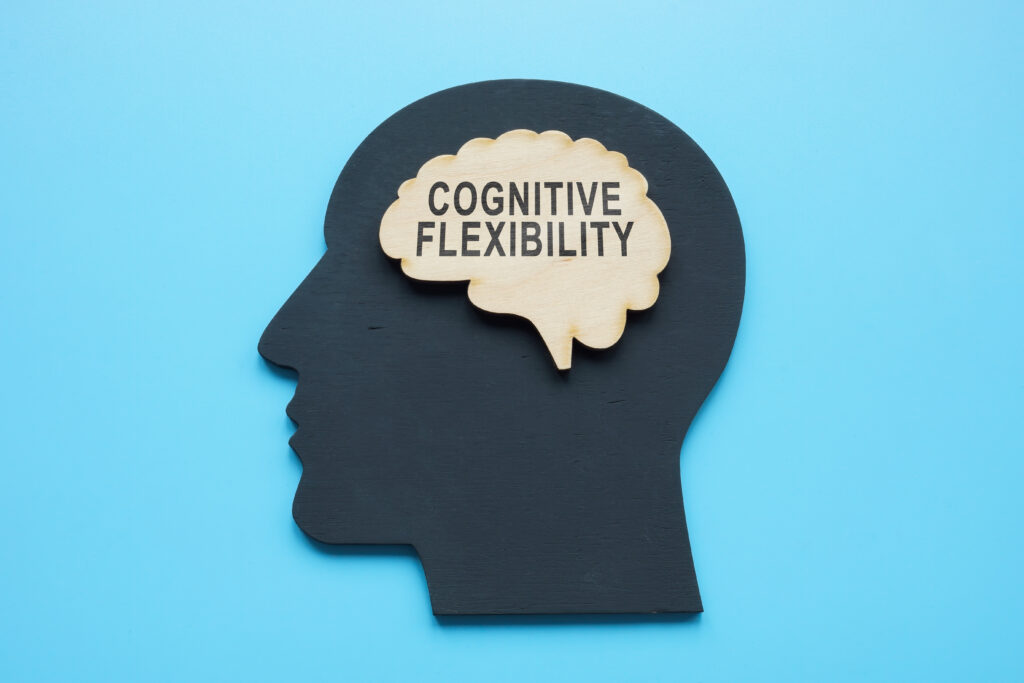.
Alzheimer’s disease is a degenerative brain disorder that affects millions of people worldwide. It is characterized by a progressive decline in cognitive function, memory loss, and changes in behavior. While the exact cause of Alzheimer’s disease is still unknown, research has shown that inflammation plays a crucial role in the development and progression of this disease.
One key player in the inflammatory response is the JAK-STAT signaling pathway. JAK-STAT signaling is a complex mechanism that regulates various cellular processes such as growth, differentiation, and immune response. In this article, we will explore how JAK-STAT signaling is involved in Alzheimer’s pathology and its potential as a therapeutic target for this devastating disease.
To understand the role of JAK-STAT signaling in Alzheimer’s pathology, we must first understand the basics of this pathway. JAK-STAT signaling begins with the binding of a cytokine, which is a small protein that acts as a messenger in the immune system, to its specific receptor on the cell’s surface. This binding activates the receptor and triggers the activation of JAK (Janus kinase) enzymes. These enzymes then go on to phosphorylate STAT (signal transducer and activator of transcription) proteins, which allows them to enter the nucleus and regulate gene expression.
In Alzheimer’s disease, inflammation is triggered by the accumulation of beta-amyloid plaques and tau protein tangles in the brain. These abnormal protein deposits lead to the activation of immune cells in the brain, such as microglia and astrocytes, which produce cytokines that activate JAK-STAT signaling.
One study found that levels of activated JAK2 and STAT3 were significantly increased in the brains of Alzheimer’s patients compared to healthy individuals. This suggests that JAK-STAT signaling is overactive in Alzheimer’s pathology.
So, how does this overactive JAK-STAT signaling contribute to the progression of Alzheimer’s disease? One possible mechanism is through the production of pro-inflammatory cytokines. When JAK-STAT signaling is activated, it leads to the increased expression of cytokines such as interleukin-6 (IL-6) and tumor necrosis factor-alpha (TNF-α). These cytokines are known to cause inflammation and have been linked to neuronal damage in Alzheimer’s disease.
Moreover, the activation of JAK-STAT signaling can also lead to the activation of the NF-κB pathway, which is a major regulator of inflammation. NF-κB activation has been shown to increase the production of beta-amyloid and tau protein, further exacerbating the disease’s progression.
In addition to its role in inflammation, JAK-STAT signaling has also been linked to the disruption of the blood-brain barrier (BBB). The BBB is a protective barrier that separates the brain from circulating blood and prevents harmful substances from entering the brain. In Alzheimer’s disease, BBB dysfunction allows immune cells and inflammatory molecules to enter the brain, contributing to neuroinflammation and neuronal damage.
Given its involvement in inflammation and BBB dysfunction, targeting JAK-STAT signaling has emerged as a potential therapeutic strategy for Alzheimer’s disease. Several preclinical studies have shown promising results using JAK inhibitors to reduce neuroinflammation and improve cognitive function in mouse models of Alzheimer’s disease.
However, more research is needed to fully understand the complex role of JAK-STAT signaling in Alzheimer’s pathology and its potential as a therapeutic target. Some challenges in developing JAK inhibitors as a treatment for Alzheimer’s include finding the right dosage and understanding potential side effects.
In conclusion, JAK-STAT signaling plays a crucial role in the inflammatory response and BBB dysfunction in Alzheimer’s pathology. While more research is needed, targeting this pathway shows promise as a potential therapeutic approach for this devastating disease. By understanding the intricate mechanisms involved in Alzheimer’s progression, we can work towards developing effective treatments and improving the lives of those affected by this condition.


